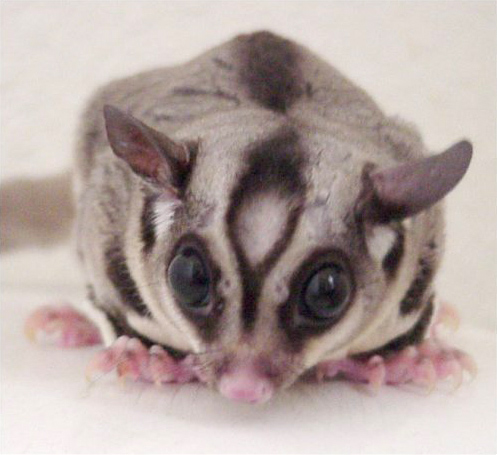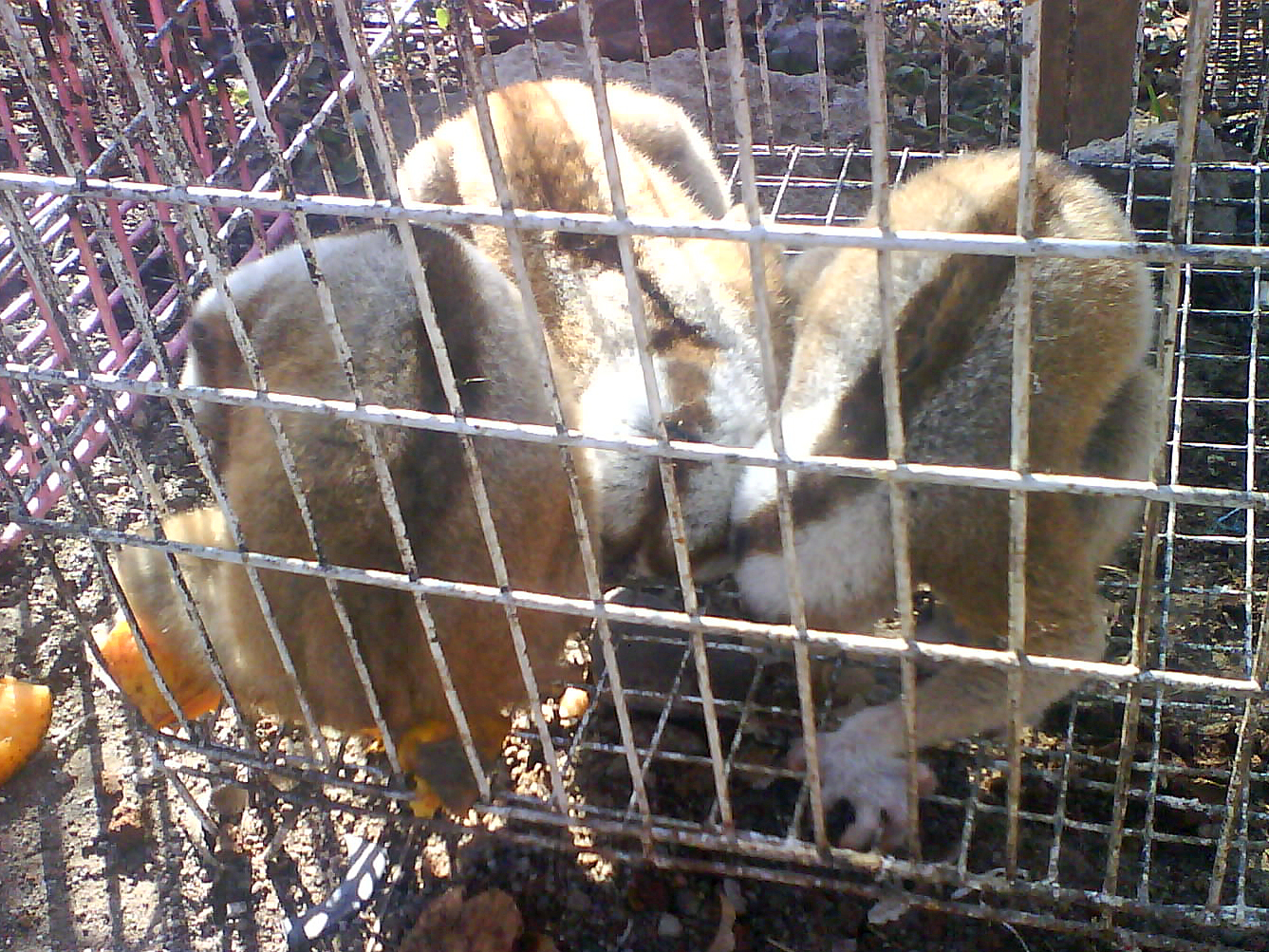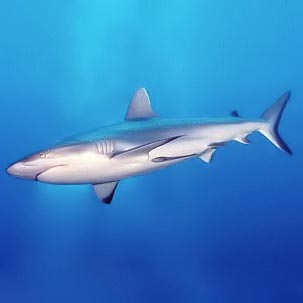|
Sugar Glider
The sugar glider (''Petaurus breviceps'') is a small, omnivorous, arboreal, and nocturnal gliding possum belonging to the marsupial infraclass. The common name refers to its predilection for sugary foods such as sap and nectar and its ability to glide through the air, much like a flying squirrel. They have very similar habits and appearance to the flying squirrel, despite not being closely related—an example of convergent evolution. The scientific name, ''Petaurus breviceps'', translates from Latin as "short-headed rope-dancer", a reference to their canopy acrobatics. The sugar glider is characterised by its pair of gliding membranes, known as patagia, which extend from its forelegs to its hindlegs. Gliding serves as an efficient means of reaching food and evading predators. The animal is covered in soft, pale grey to light brown fur which is countershaded, being lighter in colour on its underside. The sugar glider is native to a small portion of southeastern Australia, ... [...More Info...] [...Related Items...] OR: [Wikipedia] [Google] [Baidu] |
Neville William Cayley
Neville William Cayley (1886–1950) was an Australian writer, artist and ornithologist. He produced Australia's first comprehensive bird field guide '' What Bird is That?''. In 1960 it was rated the all-time best seller in Australian natural history and remains a classic birding reference to this day. Early years Born in Yamba, New South Wales, in January 1886, he was the son of ornithologist and bird artist Neville Henry Cayley born Caley, and consequently signed his name as Neville W. Cayley in his professional years. Cayley's family moved to Sydney in the mid-1890s, where he studied art and was a pivotal member in the Cronulla Surf Life Saving Club. In 1918, his first work, the booklet ''Our Birds'' was published. ''Our Flowers'' and ''The Tale of Bluey Wren'' followed, both published in 1926. In the same period (1925–26), Cayley began illustrating birds’ eggs for the ''Australian Encyclopaedia''. Groundbreaking work Cayley's big breakthrough came in 1931 when he publ ... [...More Info...] [...Related Items...] OR: [Wikipedia] [Google] [Baidu] |
Convergent Evolution
Convergent evolution is the independent evolution of similar features in species of different periods or epochs in time. Convergent evolution creates analogous structures that have similar form or function but were not present in the last common ancestor of those groups. The cladistic term for the same phenomenon is homoplasy. The recurrent evolution of flight is a classic example, as flying insects, birds, pterosaurs, and bats have independently evolved the useful capacity of flight. Functionally similar features that have arisen through convergent evolution are ''analogous'', whereas '' homologous'' structures or traits have a common origin but can have dissimilar functions. Bird, bat, and pterosaur wings are analogous structures, but their forelimbs are homologous, sharing an ancestral state despite serving different functions. The opposite of convergence is divergent evolution, where related species evolve different traits. Convergent evolution is similar to parallel evo ... [...More Info...] [...Related Items...] OR: [Wikipedia] [Google] [Baidu] |
Krefft's Glider
Krefft's glider (''Petaurus notatus'') is a species of arboreal nocturnal gliding possum, a type of small marsupial. It is native to most of eastern mainland Australia and has been introduced to Tasmania. Populations of ''Petaurus'' from New Guinea and Indonesia previously classified under ''P. breviceps'' are also tentatively classified under ''P. notatus'' by the American Society of Mammalogists, but likely represent a complex of distinct species. As most captive gliders referred to as " sugar gliders" in at least the United States are thought to originate from West Papua, this likely makes them Krefft's gliders, at least tentatively. Taxonomy It is closely allied with the sugar glider (''P. breviceps''), with which it was long taxonomically confused. A 2020 study partially clarified the taxonomy of the sugar glider and split it into three species: the savanna glider (''P. ariel''), the sugar glider (''P. breviceps sensu stricto'') and Krefft's glider (''P. notatus''). The la ... [...More Info...] [...Related Items...] OR: [Wikipedia] [Google] [Baidu] |
West Papua (province)
West Papua ( id, Papua Barat), formerly Irian Jaya Barat (West Irian), is a province of Indonesia. It covers the two western peninsulas of the island of New Guinea, the eastern half of the Bird's Head Peninsula (or Doberai Peninsula) and the Bomberai Peninsula, along with nearby smaller islands. The province is bordered to the north by the Pacific Ocean, to the west by the Halmahera Sea and the Ceram Sea, to the south by the Banda Sea, and to the east by the province of Central Papua and the Cenderawasih Bay. Manokwari is the province's capital and largest city. West Papua is the second-least populous province in Indonesia (after South Papua). It had a population of 1,134,068 at the 2020 Census, and the official estimate for mid 2021 was 1,156,840. However the total area and population will be reduced by the Parliamentary decision on 17 November 2022 to create a 38th province of Indonesia, comprising Sorong city and the regencies of Sorong, South Sorong, Raja Ampat, Maybrat ... [...More Info...] [...Related Items...] OR: [Wikipedia] [Google] [Baidu] |
Exotic Pet
An exotic pet is a pet which is relatively rare or unusual to keep, or is generally thought of as a wild species rather than as a domesticated pet. The definition varies by culture, location, and over time—as animals become firmly enough established in the world of animal fancy, they may no longer be considered ''exotic''. Definitions The definition is an evolving one; some rodents, reptiles, and amphibians have become firmly enough established in the world of animal fancy to no longer be considered exotic. Sometimes any unique or wild-looking pet (including common domestic animals such as the ferret and the rat) is considered an exotic pet. "Exotic" often refers to a species which is not native or indigenous to the owner's locale, and "pet" is a companion animal living with people. However, many use the term to include native species as well (e.g., snakes may sometimes be considered exotic as pets even in places where they are found in the wild). The international organi ... [...More Info...] [...Related Items...] OR: [Wikipedia] [Google] [Baidu] |
Great Dividing Range
The Great Dividing Range, also known as the East Australian Cordillera or the Eastern Highlands, is a cordillera system in eastern Australia consisting of an expansive collection of mountain ranges, plateaus and rolling hills, that runs roughly parallel to the east coast of Australia and forms the fifth-longest land-based mountain chain in the world, and the longest entirely within a single country. It is mainland Australia's most substantial topographic feature and serves as the definitive watershed for the river systems in eastern Australia, hence the name. The Great Dividing Range stretches more than from Dauan Island in the Torres Strait off the northern tip of Cape York Peninsula, running the entire length of the eastern coastline through Queensland and New South Wales, then turning west across Victoria before finally fading into the Wimmera plains as rolling hills west of the Grampians region. The width of the Range varies from about to over .Shaw, John H., ''Col ... [...More Info...] [...Related Items...] OR: [Wikipedia] [Google] [Baidu] |
New South Wales
) , nickname = , image_map = New South Wales in Australia.svg , map_caption = Location of New South Wales in AustraliaCoordinates: , subdivision_type = Country , subdivision_name = Australia , established_title = Before federation , established_date = Colony of New South Wales , established_title2 = Establishment , established_date2 = 26 January 1788 , established_title3 = Responsible government , established_date3 = 6 June 1856 , established_title4 = Federation , established_date4 = 1 January 1901 , named_for = Wales , demonym = , capital = Sydney , largest_city = capital , coordinates = , admin_center = 128 local government areas , admin_center_type = Administration , leader_title1 = Monarch , leader_name1 = Charles III , leader_title2 = Governor , leader_name2 = Margaret Beazley , leader_title3 = Premier , leader_name3 = Dominic Perrottet (Liberal) , national_representation = Parliament of Australia , national_representation_type1 = Senat ... [...More Info...] [...Related Items...] OR: [Wikipedia] [Google] [Baidu] |
Queensland
) , nickname = Sunshine State , image_map = Queensland in Australia.svg , map_caption = Location of Queensland in Australia , subdivision_type = Country , subdivision_name = Australia , established_title = Before federation , established_date = Colony of Queensland , established_title2 = Separation from New South Wales , established_date2 = 6 June 1859 , established_title3 = Federation , established_date3 = 1 January 1901 , named_for = Queen Victoria , demonym = , capital = Brisbane , largest_city = capital , coordinates = , admin_center_type = Administration , admin_center = 77 local government areas , leader_title1 = Monarch , leader_name1 = Charles III , leader_title2 = Governor , leader_name2 = Jeannette Young , leader_title3 = Premier , leader_name3 = Annastacia Palaszczuk ( ALP) , legislature = Parliament of Queensland , judiciary = Supreme Court of Queensland , national_representation = Parliament of Australia , national_representation_type ... [...More Info...] [...Related Items...] OR: [Wikipedia] [Google] [Baidu] |
Australia
Australia, officially the Commonwealth of Australia, is a Sovereign state, sovereign country comprising the mainland of the Australia (continent), Australian continent, the island of Tasmania, and numerous List of islands of Australia, smaller islands. With an area of , Australia is the largest country by area in Oceania and the world's List of countries and dependencies by area, sixth-largest country. Australia is the oldest, flattest, and driest inhabited continent, with the least fertile soils. It is a Megadiverse countries, megadiverse country, and its size gives it a wide variety of landscapes and climates, with Deserts of Australia, deserts in the centre, tropical Forests of Australia, rainforests in the north-east, and List of mountains in Australia, mountain ranges in the south-east. The ancestors of Aboriginal Australians began arriving from south east Asia approximately Early human migrations#Nearby Oceania, 65,000 years ago, during the Last Glacial Period, last i ... [...More Info...] [...Related Items...] OR: [Wikipedia] [Google] [Baidu] |
Countershaded
Countershading, or Thayer's law, is a method of camouflage in which an animal's coloration is darker on the top or upper side and lighter on the underside of the body. This pattern is found in many species of mammals, reptiles, birds, fish, and insects, both in predators and in prey. When light falls from above on a uniformly coloured three-dimensional object such as a sphere, it makes the upper side appear lighter and the underside darker, grading from one to the other. This pattern of light and shade makes the object appear solid, and therefore easier to detect. The classical form of countershading, discovered in 1909 by the artist Abbott Handerson Thayer, works by counterbalancing the effects of self-shadowing, again typically with grading from dark to light. In theory this could be useful for military camouflage, but in practice it has rarely been applied, despite the best efforts of Thayer and, later, in the Second World War, of the zoologist Hugh Cott. The precise functi ... [...More Info...] [...Related Items...] OR: [Wikipedia] [Google] [Baidu] |
Patagia
The patagium (plural: patagia) is a membranous Animal body, body part that assists an animal in obtaining lift (force), lift when gliding flight, gliding or flight. The structure is found in extant taxon, extant and extinct groups of flying and gliding animals including bats, birds, some dromaeosaurs, pterosaurs, gliding mammals, some flying lizards, and flying frogs. The patagium that stretches between an animal's hind limbs is called the uropatagium (especially in bats) or the interfemoral membrane. Bats In bats, the skin forming the surface of the wing is an extension of the skin of the abdomen that runs to the tip of each digit, uniting the forelimb with the body. The patagium of a bat has four distinct parts: #Propatagium: the patagium present from the neck to the first digit. #Dactylopatagium: the portion found within the digits. #Plagiopatagium: the portion found between the last digit and the hindlimbs. #Uropatagium: the posterior portion of the flap between the two hind ... [...More Info...] [...Related Items...] OR: [Wikipedia] [Google] [Baidu] |
Acrobatics
Acrobatics () is the performance of human feats of balance, agility, and motor coordination. Acrobatic skills are used in performing arts, sporting events, and martial arts. Extensive use of acrobatic skills are most often performed in acro dance, circus, and gymnastics, and to a lesser extent in other athletic activities including ballet, slacklining and diving. Although acrobatics is most commonly associated with human body performance, the term is used to describe other types of performance, such as aerobatics. History Acrobatic traditions are found in many cultures, and there is evidence that the earliest such traditions occurred thousands of years ago. For example, Minoan art from c. 2000 BC contains depictions of acrobatic feats on the backs of bulls. Ancient Greeks practiced acrobatics, and the noble court displays of the European Middle Ages would often include acrobatic performances that included juggling. In China, acrobatics have been a part of the culture si ... [...More Info...] [...Related Items...] OR: [Wikipedia] [Google] [Baidu] |










